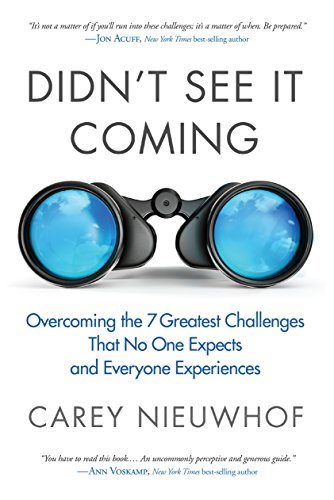With so many options out there, how do you choose?
I remember the first time I went grocery shopping without my parents and feeling paralyzed by all the different options for salad dressing. I only had one job—to buy salad dressing—yet I couldn’t make the decision.
Do I go for classic ranch or caesar? What about garlic caesar? And why are some cheaper than others? Raspberry vinaigrette sounds good too, but balsamic vinaigrette is the safer option.
And now with Amazon and online shopping, it’s even worse. There are over 8,000 results for “salad dressing” on Amazon!
Well, fast forward several years later, I felt the same way when shopping for a new car…
…but this time, I saw the leadership lesson underneath the surface.
Did you know that clay is still used to design cars? No, I’m not referring to a small lump of clay or Play Doh that you model into a miniature car. I’m referring to full life sized models of cars made out of clay!
Okay, to be honest, I didn’t know that clay was ever used to design cars, but it makes sense as a medium…of the past. From 1927 to the end of the 1950s, Harley Earl of General Motors used clay to design cars. But that was then! These days, car companies have 3D printers, design software, and virtual reality at their disposal, so why would they still use such an archaic method for design?
I didn’t understand why, until I came across this one particular Mazda commercial.
Now, is Mazda the only car company using clay to design their vehicles? By no means! Yet, that commercial helped me see Mazda cars as sculptures of art, rather than hunks of metal or utilitarian modes of transportation.
[Read more…] about What Mazda Can Teach You About Core Values



